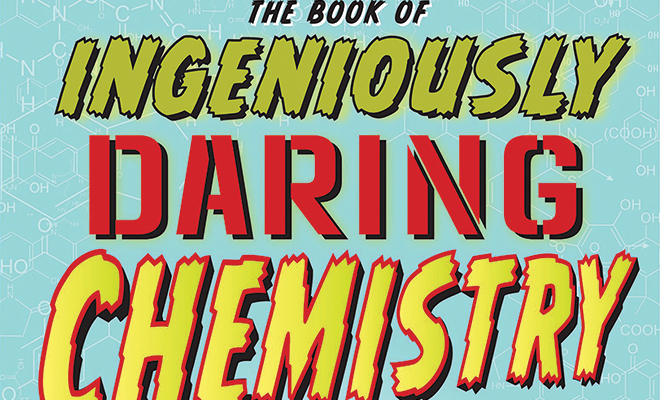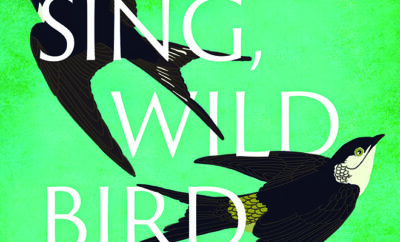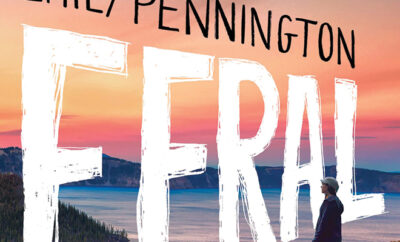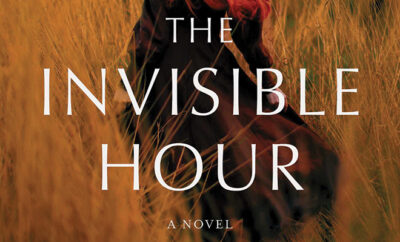
The Book of Ingeniously Daring Chemistry by Sean Connolly & Genesis Begins Again by Alicia D. Williams
Moms and dads, keep your students engaged this summer with these two new titles for young adults.
Leave me alone. That’s what you’d like to tell everybody right now: go away. Don’t fuss, quit fighting, put away those bad words. You’re done. As in Genesis Begins Again by Alicia D. Williams, life is much easier if you don’t rely too much on people who hurt you.
The Mean Girls at her old school were dumb. Thirteen-year-old Genesis Anderson had proof: the list they circulated was titled “100 REASONS WHY WE HATE GENESIS” but only 60 things were on the list and some were totally lame. Whatever. Every now and then, Genesis added her own entries to the list.
She hated that she let Mean Girls get away with being mean. She hated herself because her dad drank too much and gambled with rent-paying money, so her family moved a lot. Most of all, she hated her dark skin and her tangly-thick curls and that she didn’t inherit her mother’s coffee-with-milk complexion and “good hair.” She could’ve added that she hated having fake friends but, after yet another publicly humiliating home eviction, more promises from Dad, and an upgraded rental, she’d first see if a new school and another fresh start made any difference.
Thankfully, things weren’t bad at Farmington Oaks Middle School. In the beginning, Genesis kept to herself because there were Mean Girls there, too, but she was happy to see that most of the kids were nice. She began to make real friends, and she found her first BFF. She even liked her teachers, including the one who encouraged her talents as a singer. But none of these positives changed Genesis’s view of herself as “ugly.” Once she learned the secrets in her family, past and present, there was just no way she could accept herself as she was.
Williams introduces 9-to-13-year-olds to an observant, smart-but-typical kid with modern problems, including a kind of racism that’s not often discussed. What ultimately happens is a shocker to the story, in part because we’re abruptly told the truth about some of the adults in Genesis’ life and it’s not pretty. We learn of this ugliness when she does, presenting an opportunity for readers to think about and deal with topics that might be new or uncomfortable. Also nice for both you and your young reader: the friends Genesis makes are real-life-real, and adults in this book are portrayed without a hint of malice or ridicule. This book set in a middle-schooler’s life is perfect, especially if their life isn’t.
The Book of Ingeniously Daring Chemistry by Sean Connolly
Safety goggles on. Let the mixing commence. You’ve got pennies, salt, magnets, vinegar and things from your kitchen pantry. You’ve got tubes and bowls and wire and towels. You’re ready to experiment with The Book of Ingeniously Daring Chemistry by Sean Connolly. As for what you’ll make, does it matter?
Yes! says Connolly. Every single thing “is matter” and more, and learning why is “a whole lot of fun.” It involves elements, which are basic building blocks of matter that are arranged into what makes a cat a cat, and so on. Elements are also atoms and they’re similar but different, in that they have different numbers of “tiny particles that all atoms have, but in different numbers and arrangements.”
If this sounds complicated, it’s not so bad if you understand how to read the periodic table. Says Connolly, the periodic table is like a road map of all the matter in the universe. It will help you to tell how many protons an element has, which elements it’s related to, and other cool things.
Start easy with the first element, hydrogen. It’s first because it’s the lightest, and one of the three oldest elements. Along with helium and lithium, hydrogen was created almost 14 billion years ago! Carbon can be soft as pencil lead or hard as diamonds. That window in your bedroom was once a pile of sand. Nitrogen is essential to plants and explosives, while fluorine goes into rocket fuel and toothpaste. There are 12 elements that you absolutely, positively do not want to mess with. Find out why.
Connolly throws a lot at kids who are new to this subject: the language isn’t easy, nor are the initial concepts of elements, atoms, and nuclei. You may need to help, at first, but don’t let that deter your young scientist; it’ll all make more sense, once you get to the info-laden chapters on the elements themselves and the experiments your child can do, with or without you, activities that are, incidentally, much cooler than the ones you did in science class. Pre-read this book to brush up on your chemistry or to learn what’s new before handing this book to your 9- to 14-year-old. You, this book and your STEM-minded child: that’s a good mix. ■







